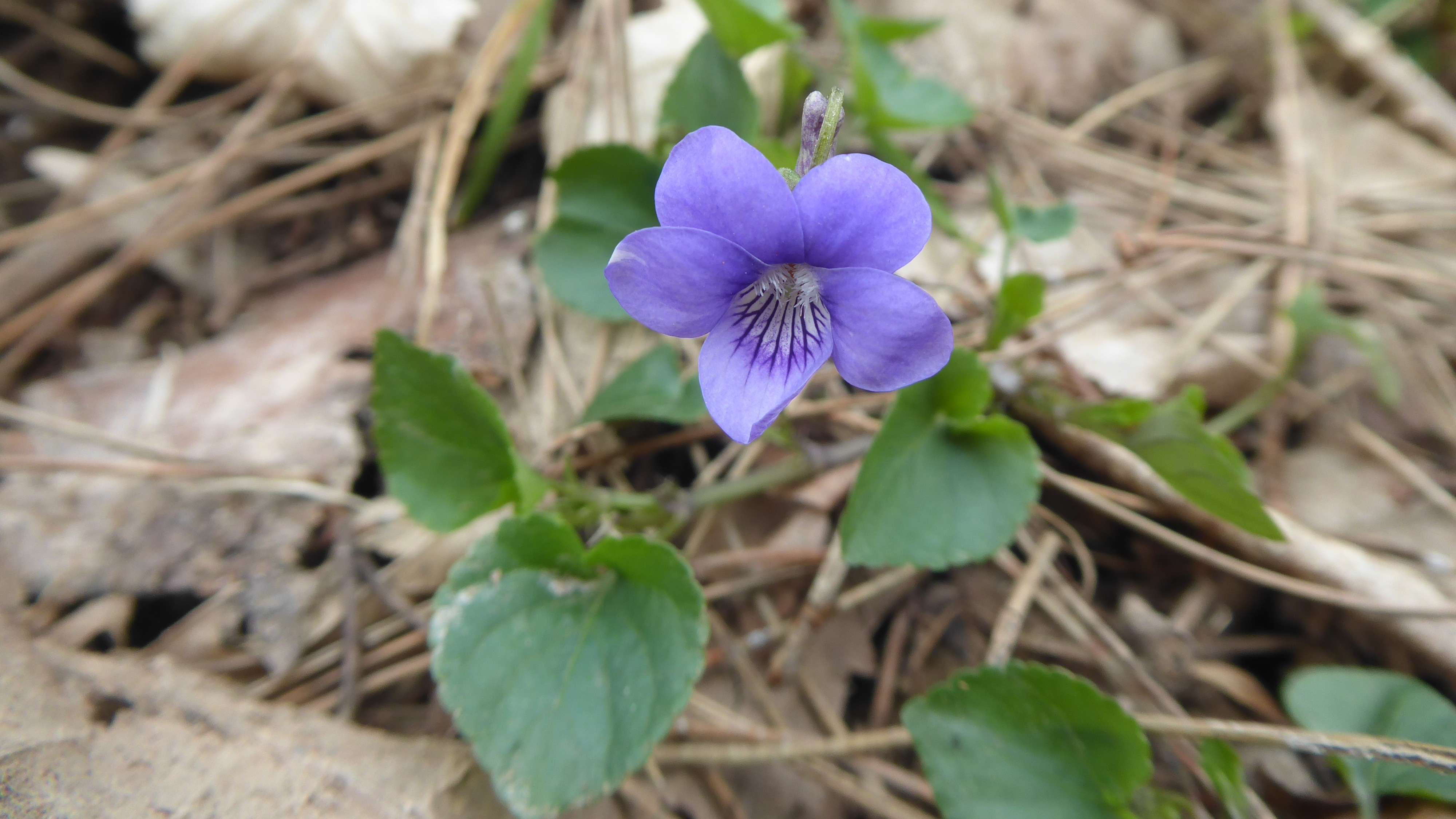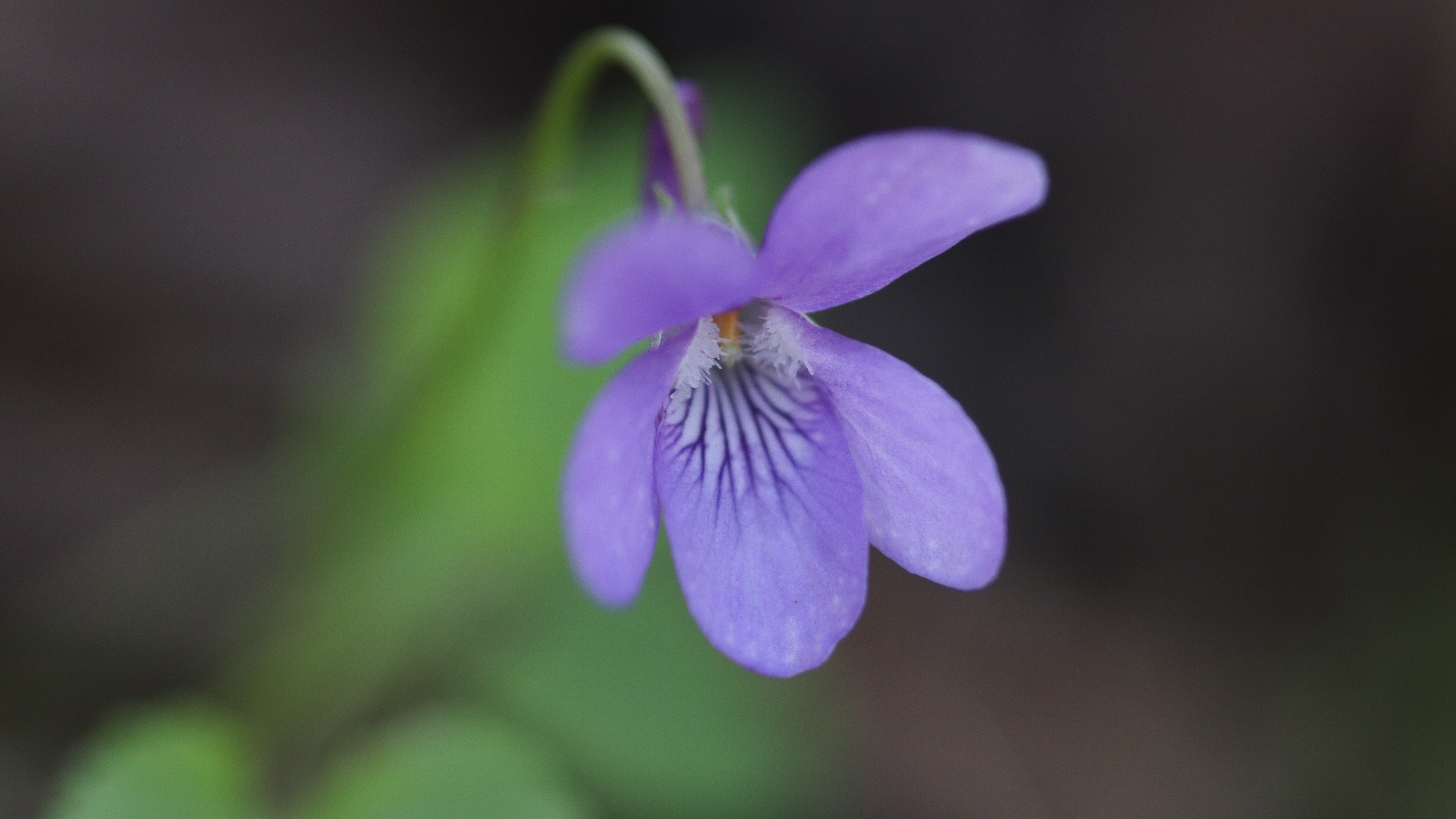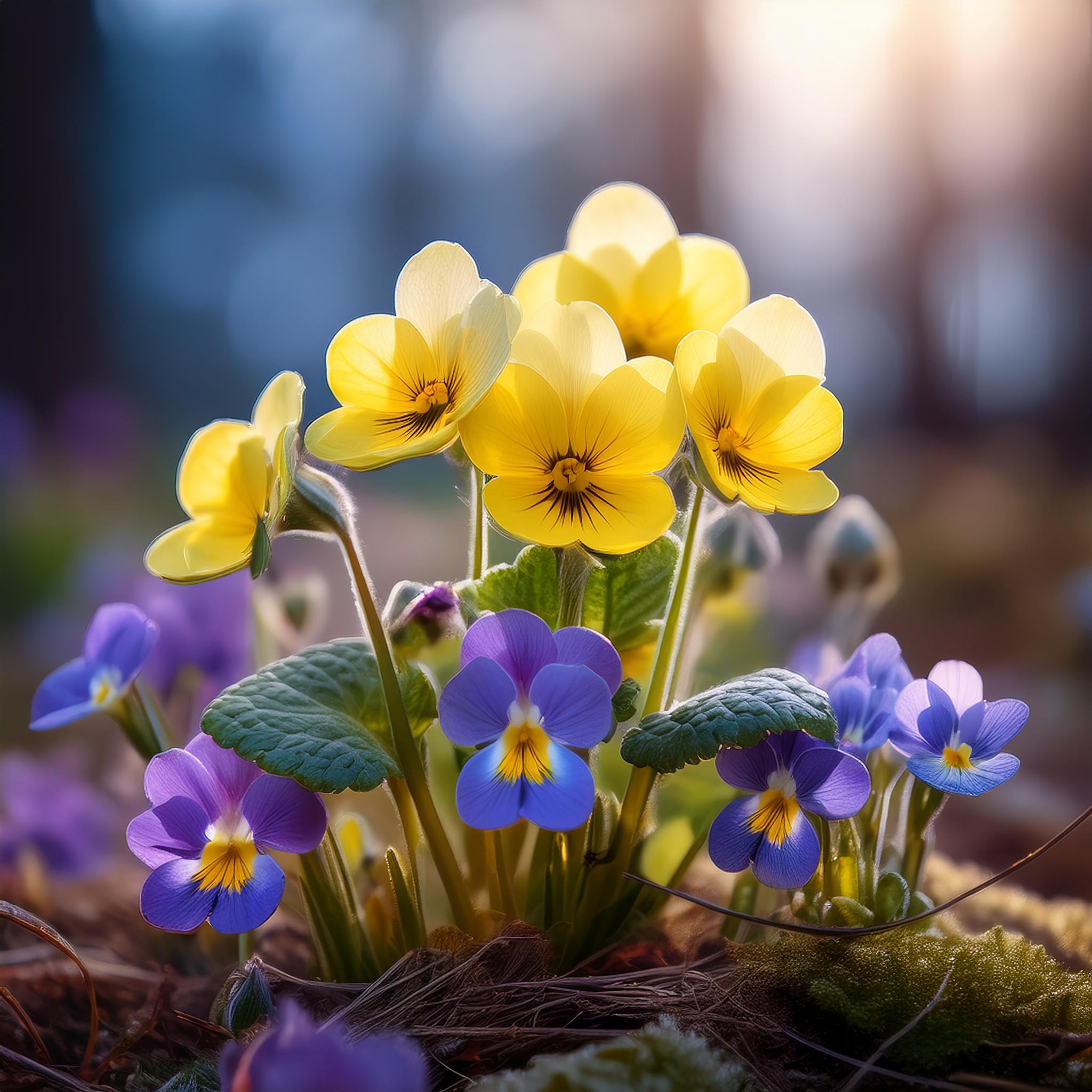
Mark your calendars and join us for a fragrant journey through the first signs of spring! Whether you're a gardening enthusiast, a history buff, or simply someone who appreciates nature's beauty, this article is sure to captivate and inspire you.
“Thy smiles I note, sweet early flower
That peeping from thy rustic bower
The festive news to earth doest bring
A fragrant messenger of the Spring”
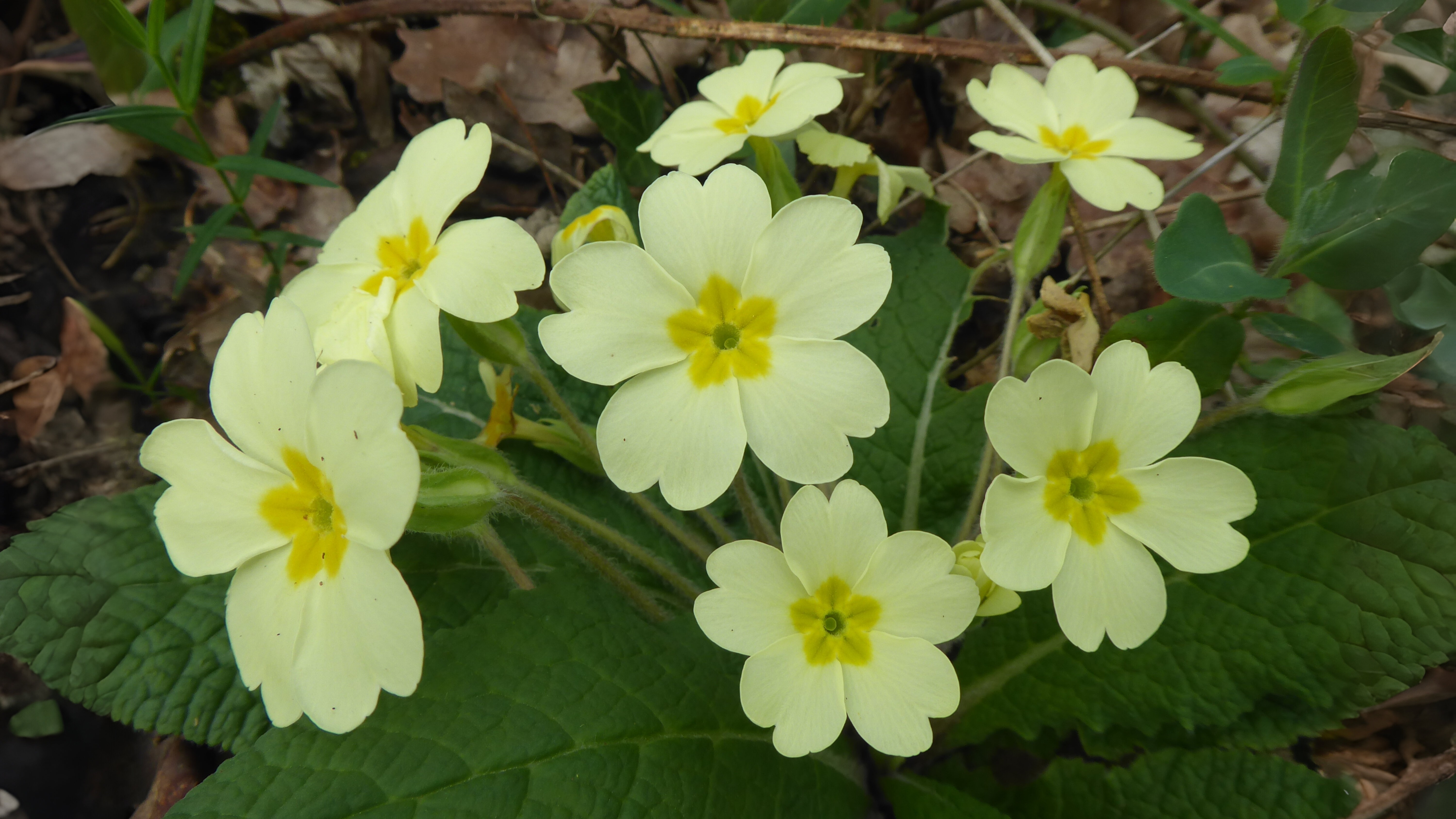

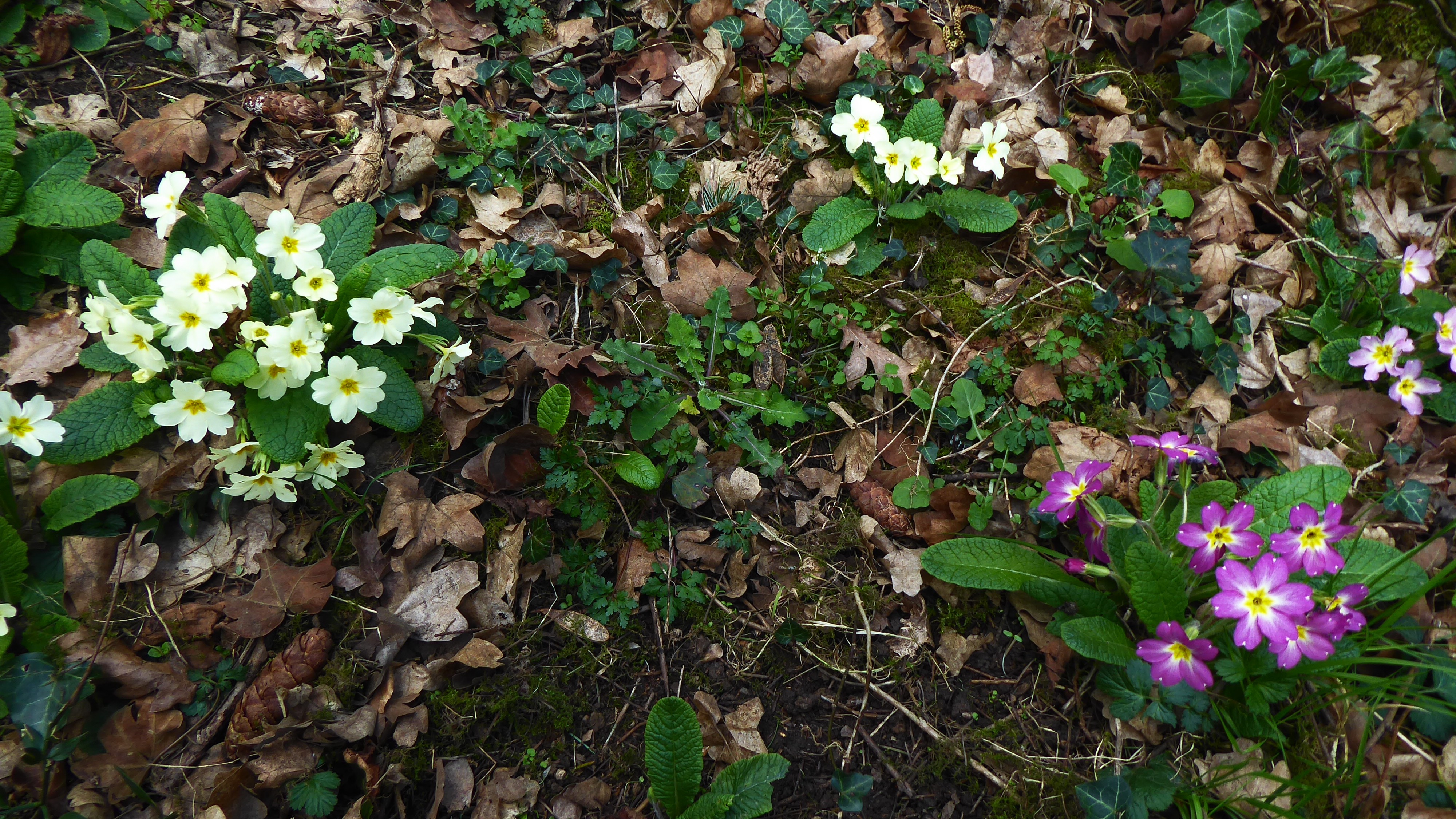

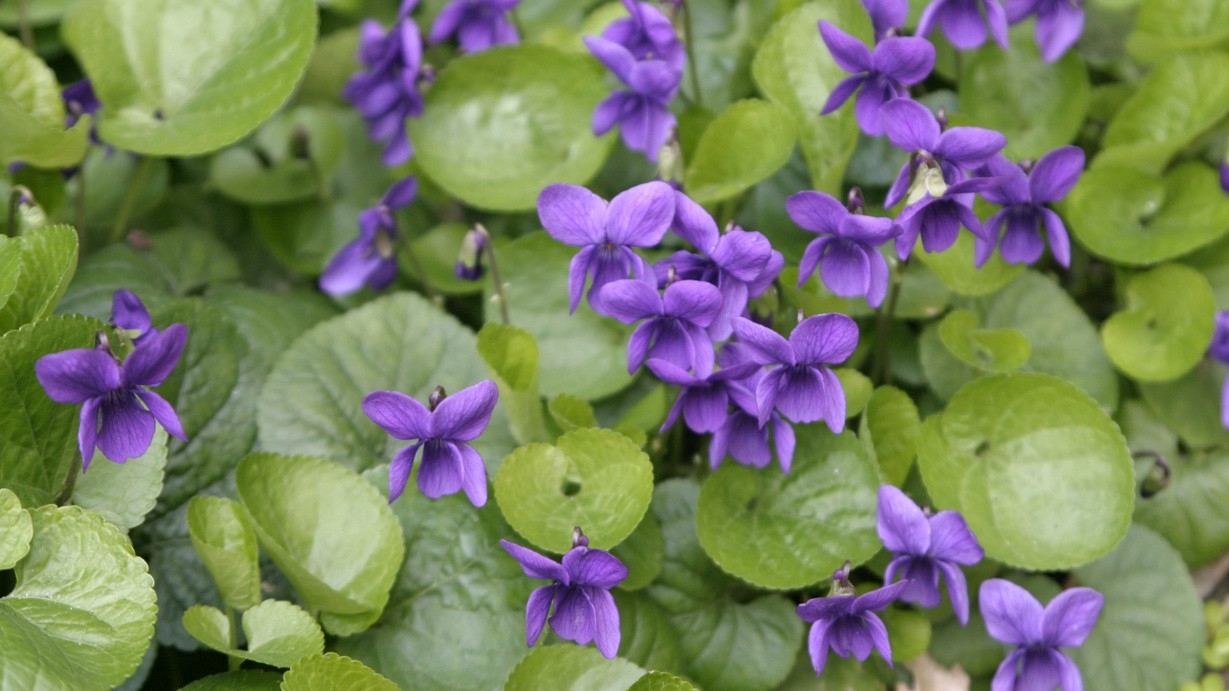

“A violet in the youth of primy nature
Forward, not permanent sweet, not lasting,
The perfume and suppliance of a minute,
No more”
